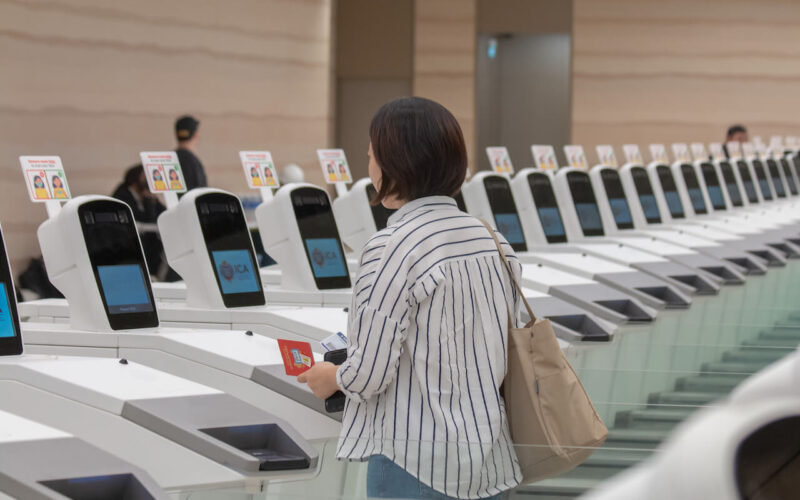Singapore’s Changi Airport Group announced that Terminal 2 will reopen in phases starting May 29, 2022 in order to meet the “expected increase” in passenger traffic that the airport projects in the months ahead.
Terminal 2 has been closed since May 2020 due to upgrade works that were meant to last 18 months. However, the pandemic extended the closure by a further 6 months.
The airport group said that Terminal 2 will host mainly peak-hour arrival flights of airlines currently operating in Terminal 3.
“CAG is encouraged to see the strong pickup in travel demand and has worked closely with our partners to bring forward the progressive reopening of T2 ahead of the June travel peak to meet this demand,” CAG’s executive vice president of airport management Tan Lye Teck said.
Tan added: “The start of flight operations at T2 will provide more capacity to support our airline partners, who are also gearing up to serve more passengers in the months ahead. T2 will reopen in phases over the next two years to support Changi’s recovery as a regional air hub.”
#Advisory: T2 will reopen partially on 29 May to handle flights during peak periods.
— Changi Airport (@ChangiAirport) May 22, 2022
T2 will host mainly T3’s peak-hour arrival flights & some flights may use T2 gates for departure. Pax will continue to check in and clear departure immigration at T3.More https://t.co/VkQUcSszYL pic.twitter.com/9oIxKhXNDx
Changi’s Terminals 1 and 3 reopened in September 2021 after being closed in May 2021 due to a COVID-19 cluster that was found at the airport.
The Changi Airport group foresees that T2’s phased reopening will augment Changi’s capacity. When completed by 2024, the expansion works will raise the terminal’s capacity by five million to 28 million passenger movements per year, the airport said.
The expanded Terminal 2 will see a larger Arrival Immigration Hall in Changi with more automated immigration lanes and special assistance lanes. The automated immigration lanes will serve Singaporeans, residents, and eligible foreign tourists who have enrolled their iris and facial biometrics with the Immigration and Checkpoints Authority.

